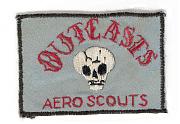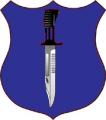I think Wilf has a good point, particularly once you go beyond HIC. What I DO like about the reconn-pull concept, as I have stated before, is that it requires a reduction of the upper-level micro-managmnet that can currently ham-string our forces. The concept of lateral communications I think could still be a force multi-plier. This would also, IMHO, require greater organic firepower at the unit level, since air-power and artillery will remain cued into higher echelon control by necessity. Of course I'm biased since I have a nearly complete small unit infantry doctrine theory.
Reed













 "A Sherman can give you a very nice... edge."- Oddball,
"A Sherman can give you a very nice... edge."- Oddball, 
Bookmarks